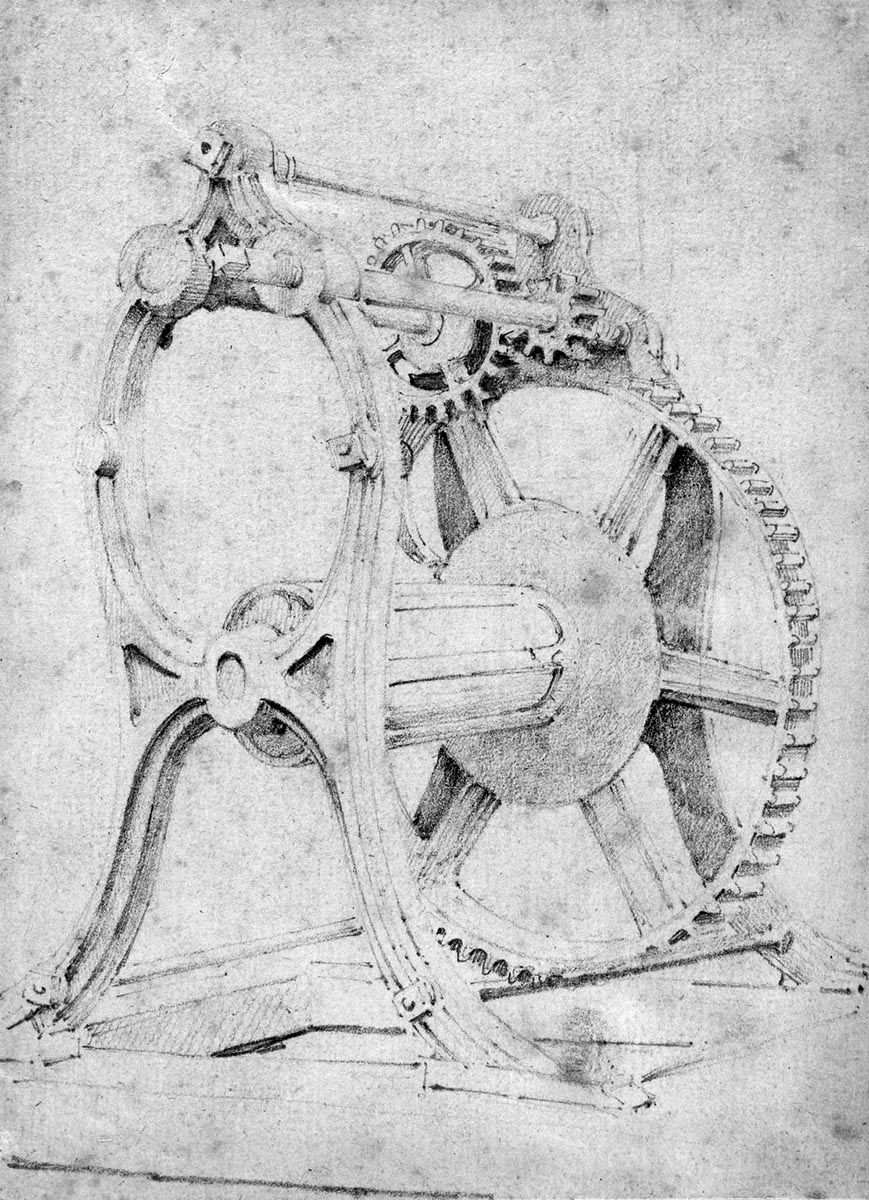Image 1

winding chains. A wash drawing
by John Cooke Bourne.
Science Museum Group Collection
Online - Ref: 1990-7255.
This image is released under a
Creative Commons Attribution-
NonCommercial-ShareAlike
4.0 Licence.
The following is a direct quote from pages 493 to 495 of "The Midland railway: its rise and progress. A narrative of modern enterprise" by Frederick Smeeton Williams, published by Strahan & Co London (1876):
. . . the work of construction commenced by the formation of the tramway across the moors, from the road to the foot of the hill. This was a distance of two miles and a half. As Mr. Ashwell remarked to us," We worked like Yankees, and laid nearly a mile a week. A month after we began, we had a locomotive running over it. We used it till within a month of the opening of the line and some of it was there the other day. It would scarcely, however, have done for a main thoroughfare, for there were gradients of 1 in 25, and of 1 in 16; and there were curves of two and a half and three chains radius;* but up and down and in and out we went till we reached our destination. [* A chain is 66 feet; a curve of one chain radius is therefore a circle of 132 feet diameter. A three chain radius would mean a circle the diameter of which is 132 yards.]
. . . "But how in the world did you ever manage to get that lumbering, ponderous engine up here?" we inquired of our friend, Mr. Ashwell. "Pulled it up with a crab," he replied. "A crab!" we asked, "what's that?" “'Well, a windlass perhaps you call it. We fixed the windlass in its place; laid a two-foot gauge road up the hill-side in places sometimes as steep as one foot perpendicular rise in two and a half feet length, and then dragged it up 1300 feet above the sea. By having crabs placed one above another, we pulled up first the boiler which weighed two tons and a half, and then the engine, the lot weighing very likely six tons. The riveters put it together. It was a strange thing to hear the ‘tap, tap' of the riveters' hammers up there in that howling wilderness. When one engine was set to work, we used it for drawing up some of the others."
"And did you get them all up that way ? " "Well, no; we had to get another up the flatter side of the hill; and that was more difficult still, because of the bogs. We managed that on a drug,—a four-wheeled timber wagon sort of thing. It was an uncommonly strong one, you may be sure. We brought it along the Ingleton road and then, for two miles and a half, we pulled it by means of two ropes working round the boiler; as one rope was drawn off the other was rolled on. And so, stage by stage, we dragged it over the rugged and boggy ground, and up to the top of the mountain on which it stands." And there for four years and more those engines did their almost ceaseless work, the two at either end winding materials or men up the inclined planes from near the tunnel mouths, while the others were lowering bricks and mortar in "skeps" down the shafts, or raising the excavated rock or the water that found its way into the workings, and threatened, ever and anon, to drown them out.
